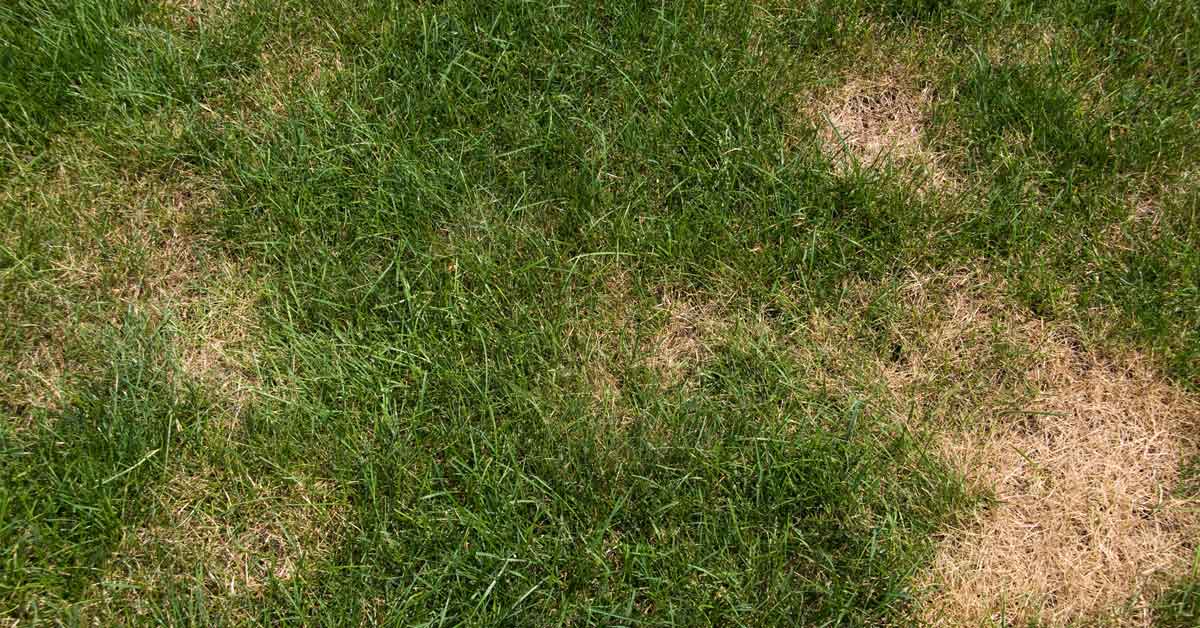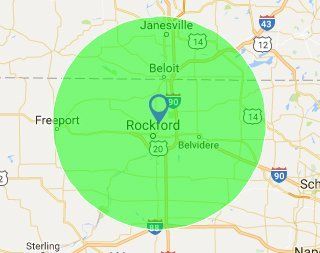Common Turf Insects
All of the insects listed below can wreck havoc on your lawn if left untreated. Common signs that pests have invaded your turf include brown spots, dead and dying grass patches, wilting blades, bite marks on grass, and insects in the grass or turf layer. Signs of underground pest damage include thin or missing roots and holes in the soil.
Pests like grubs can be prevented by our Preventative Grub Control application, while if you have active grubs it can be treated by our Curative Grub Control application. Other insects can be treated with one of our Insecticide applications.
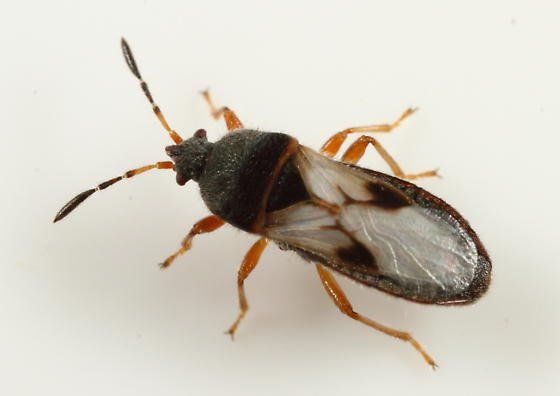
Chinch Bugs
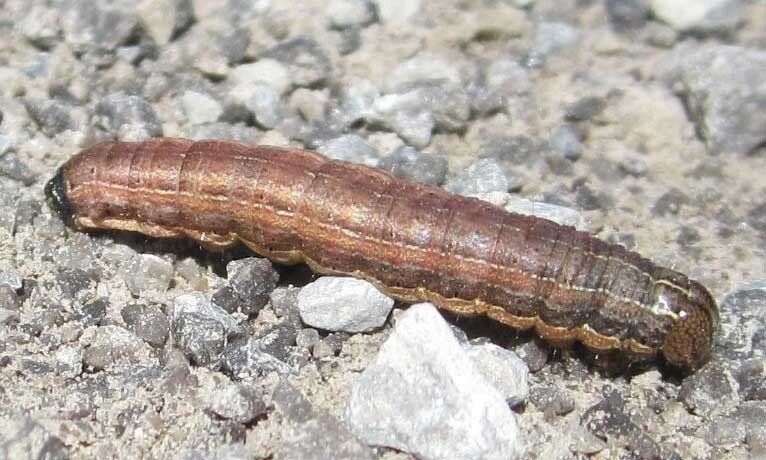
Cutworms
Cutworms are the larvae of the cutworm moth, which lays its eggs in grass at night from spring through fall. The adult moths are attracted to light, so cutworm infestations often happen on lawns surrounding well-lit homes. Cutworms chew turf grass at the crown — the pale section at the base where the shoot and root meet — until the blade is severed. This habit of gnawing is what earned the caterpillar its name and its reputation of being a destructive invader.
During the day they hide in underground burrows or under thatch near the surface of the soil, so they can be hard to spot. The damage they cause will most likely be how you know if you have cutworms. The most common sign of cutworms are patches of grass that look like they’ve been sliced off at the base. Depending on the species, damage typically occurs in early summer through the fall.
You can also sometimes catch the larvae above ground in the early morning or late evening if you brush your hand across the surface, you may notice them if they curl up. They typically make a "C" shape when they’re disturbed. Watch out for a large number of birds scratching and pecking at your lawn, as this can indicate a large cutworm population in the grass.
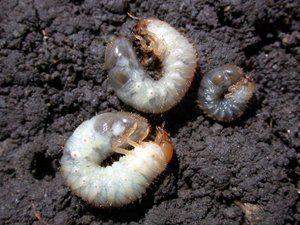
White Grubs
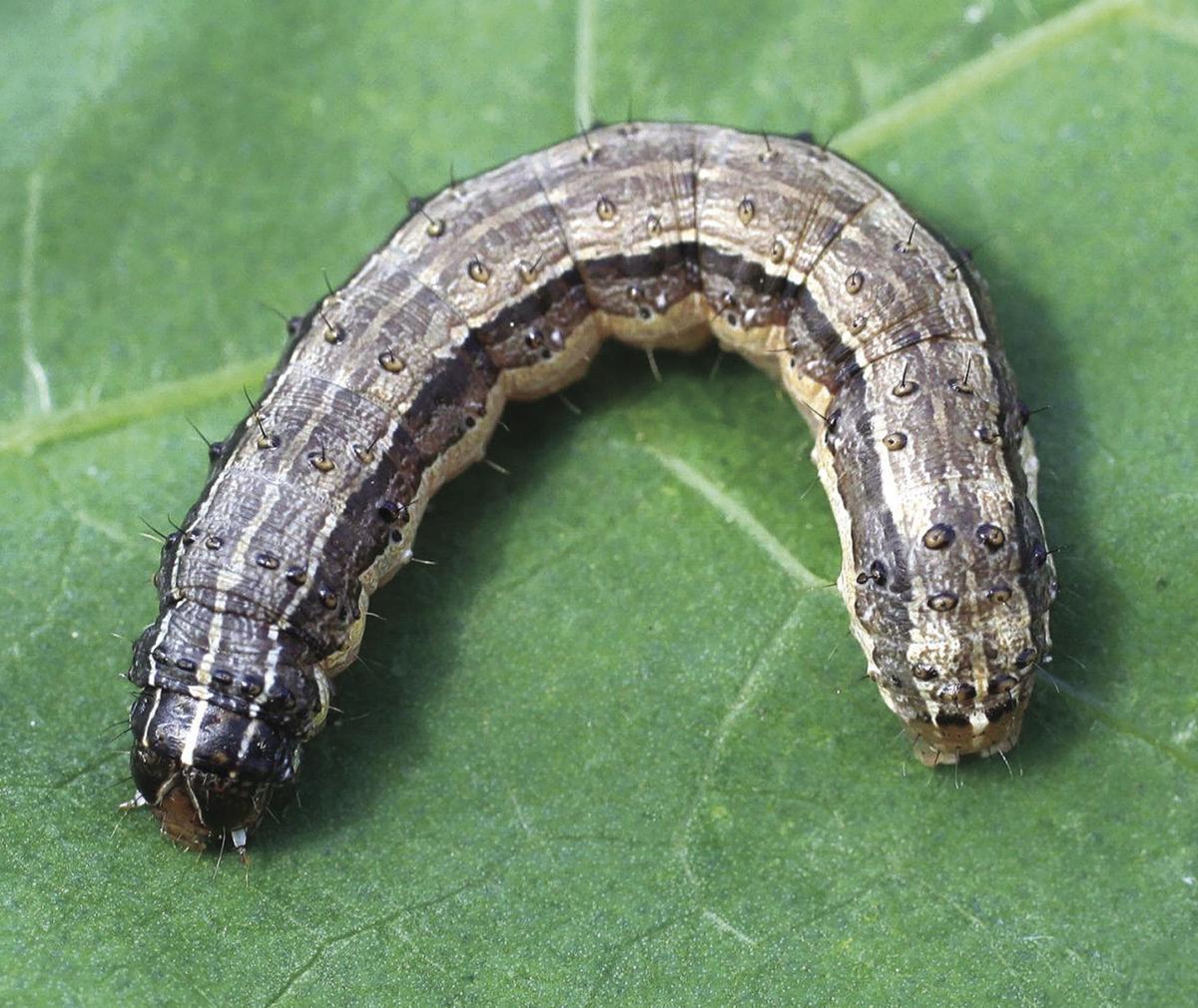
Armyworms
Armyworms, as the name implies, do battle with your lawn. These pests are 1 to 2 inches long and vary in color depending on type. Armyworms turn into brown moths that are easy to distinguish at night. As they gravitate toward light, they reveal their furry abdomens.
Armyworms produce two to three generations throughout the spring and summer months. The adult armyworm moths lay clusters of small, white eggs that hatch within a week. The larvae then feed for two to three weeks in your grass and other plants before turning into moths.
Armyworms eat grass blades and stems, and shew away the leaves of other plants as well. They generally take shelter from sun and heat during the day and feed on your lawn in the evening, at night, or in the early morning. As the worms eat the grass, they create circular bare spots in lawns.
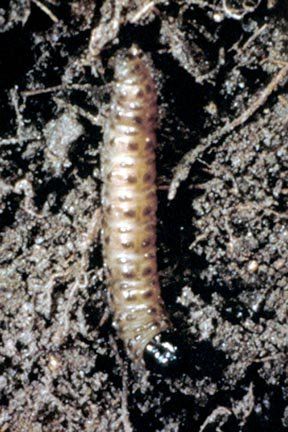
Sod Webworms

Billbugs
Billbugs are particularly troublesome lawn pests because both the adult insect and its larvae damage your grass. Adults chew holes into grass blades and deposit eggs inside. When larvae hatch, they eat grass from the inside out and continue eating from the roots to the tips. By the time you see the damage, large areas of the lawn may already be lost.
Billbugs get their name from the adult insect's long, curved, bill-like snout. A mature billbug may grow up to 1/2 inch in length. Depending on the species, their hard shells range in color and all have an unusual pitted texture.
Billbug larvae are white with reddish-brown heads and look very similar to white grubs, another common lawn pest. However, billbug larvae do not have legs; white grubs do.
Billbug damage can be hard to diagnose. Grass begins to turn brown in early summer, but it's easily mistaken for drought damage, fungal disease or grass dormancy. Test your lawn by pulling on an affected area. Billbug damaged grass breaks off at the soil line and is usually accompanied by lots of powdery sawdust-like excrement. Dig or pull apart grass to inspect the roots and crown, and the legless larvae are easy to see.
If you see any signs of what could be insect damage or these insects themselves in your lawn, contact us to see what we can do to get your lawn back into tip top shape!

